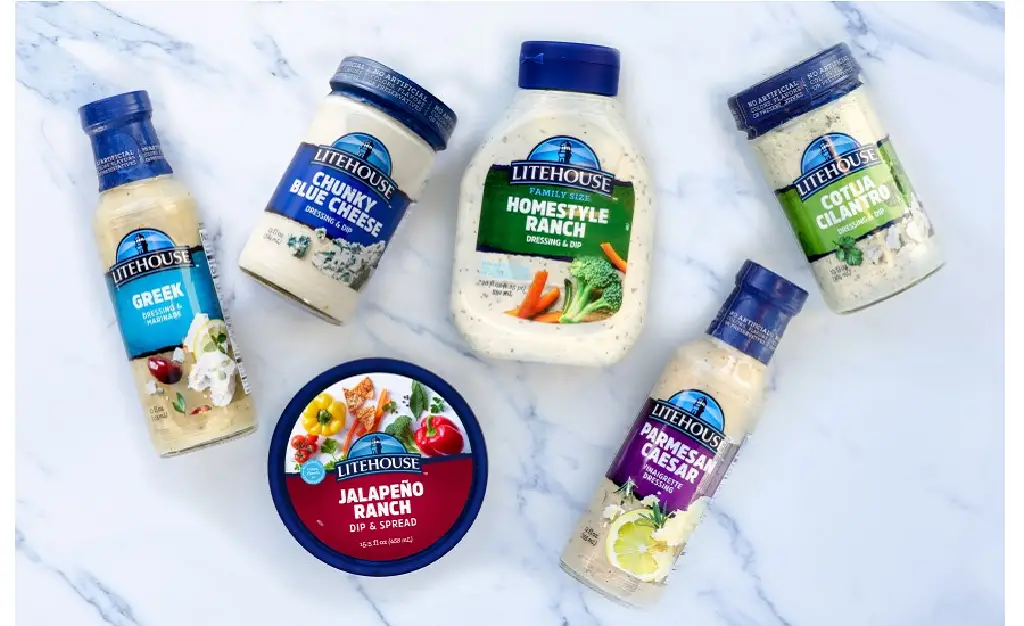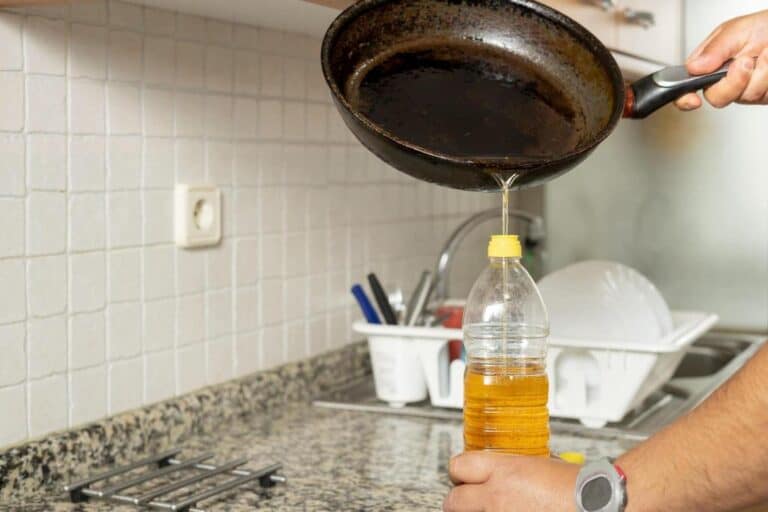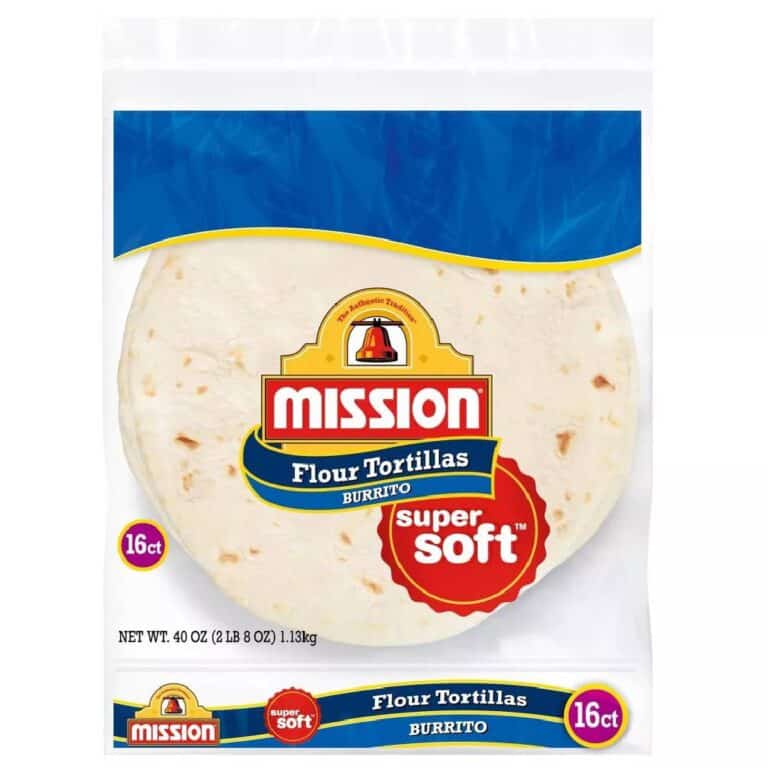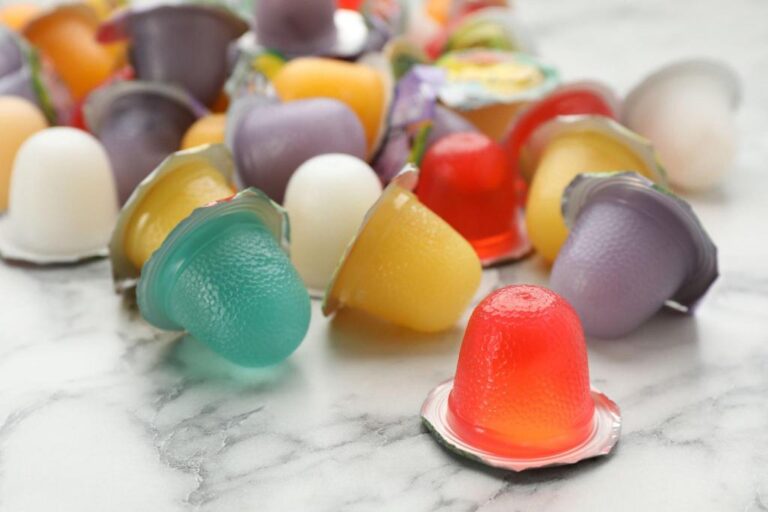Can You Eat Unopened Expired Salad Dressing (or Past Use-by Date)?

Salad dressing is a staple in many kitchens, adding that perfect touch of flavor to salads, marinades, and even sandwiches. But what happens when you find an unopened bottle in the back of your pantry, long past its expiration date?
The sight of that date might give you pause, leading you to wonder if it’s still safe to consume. After all, nobody wants to risk their health over a few tablespoons of dressing, but it also feels wasteful to toss it out without a second thought.
How do you determine if the dressing has really gone bad, or if it’s just the manufacturer’s way of ensuring peak freshness? Before you pour that dressing down the drain, let’s dive into the details. Can you still safely enjoy that unopened bottle of salad dressing, or is it destined for the trash?
By the end of this article, you’ll know what expiration dates mean. You’ll also learn how to assess your salad dressing’s safety. Lastly, I’ll explain what to consider before deciding to keep or discard it.
This knowledge will not only help you make informed decisions but also potentially save you from unnecessary waste.
The Nature of Salad Dressing
Salad dressing is a versatile condiment that can transform any bland salad into a flavorful dish. Typically made from a blend of oil, vinegar, and seasonings, salad dressing comes in a variety of forms, from creamy ranch to zesty Italian.
When unopened and properly stored, many salad dressings can outlast their expiration dates. The preservatives and acidity in salad dressings often give them a longer shelf life than you might expect.

Types of Salad Dressings
Salad dressings come in various types, each with unique ingredients and flavors. Creamy dressings, such as ranch or Caesar, use a base of mayonnaise, sour cream, or yogurt, providing a rich, smooth texture. On the other hand, vinaigrette dressings combine vinegar and oil, often mixed with herbs and spices for a lighter, tangier taste. These dressings are often used to complement salads, sandwiches, and even marinades.
The shelf life of salad dressings largely depends on their ingredients. Creamy dressings typically have a shorter shelf life due to their dairy content, which can spoil more quickly. Vinaigrettes, with their acidic base, usually last longer. The acidity helps preserve the ingredients. The table below summarizes how different ingredients affect the shelf life of salad dressings:
| Dressing Type | Main Ingredients | Shelf Life |
| Creamy | Mayonnaise, sour cream, yogurt | 1-3 months |
| Vinaigrette | Vinegar, oil, herbs | 6-12 months |
Understanding these differences helps in managing your pantry and ensuring your dressings remain fresh and safe to eat.
| Read: Is Salad Dressing Acidic or Alkaline? |
Is Expired Salad Dressing Safe to Eat?
So, what’s the verdict? If you’ve got an unopened bottle of salad dressing past its use-by date, don’t rush to toss it just yet. In many cases, you can safely consume it beyond the listed date, especially if the bottle is still sealed.
The key is to look for signs of spoilage. If the dressing looks off, has an unusual odor, or if the texture has changed dramatically, it’s better to err on the side of caution. Remember, use-by dates are there to ensure quality, not safety.
Storage Conditions and Their Impact
Proper storage of salad dressing is crucial for maintaining its freshness and safety. Keeping your salad dressing in a cool, dry place, away from direct sunlight, helps preserve its quality. Unopened bottles of salad dressing should ideally be stored in a pantry or cupboard, where the temperature remains consistent. This prevents the ingredients from breaking down prematurely and extends the shelf life of the product.
Temperature plays a significant role in the longevity of unopened salad dressings. Extreme heat can spoil food. It ruins its flavors and textures. Storing dressings in the fridge is usually unnecessary for unopened bottles. But, it can help once opened, especially for creamy types.
Signs That Your Salad Dressing Has Gone Bad
To make sure your dressing is still good to use, here’s what to check:
- Appearance: If you notice any mold or discoloration, it’s time to throw it out. A change in color or a cloudy appearance can be a red flag.
- Smell: Give it a sniff. If the dressing smells rancid or sour, it’s best to discard it.
- Texture: Check for any separation or curdling that wasn’t there before. While some separation is normal, significant changes in texture can indicate spoilage.
Alternatives to Expired Salad Dressing
If you’re hesitant to use that old bottle of dressing, you have plenty of alternatives. Fresh, homemade salad dressings can be a great substitute. They’re simple to whip up and usually use ingredients you already have on hand.
For instance, a basic vinaigrette made from olive oil, vinegar, mustard, and a pinch of salt can be ready in minutes. You can also explore different types of dressings at the store to find new favorites.
In Conclusion
When it comes to unopened expired salad dressing, you often have some leeway, but always use your senses to guide your decision. Trust your nose, eyes, and taste buds to determine if it’s still good to use. If in doubt, homemade dressings are a fresh and safe alternative.
Check your pantry and know spoilage signs. This will help avoid waste and keep your salads safe and tasty.






